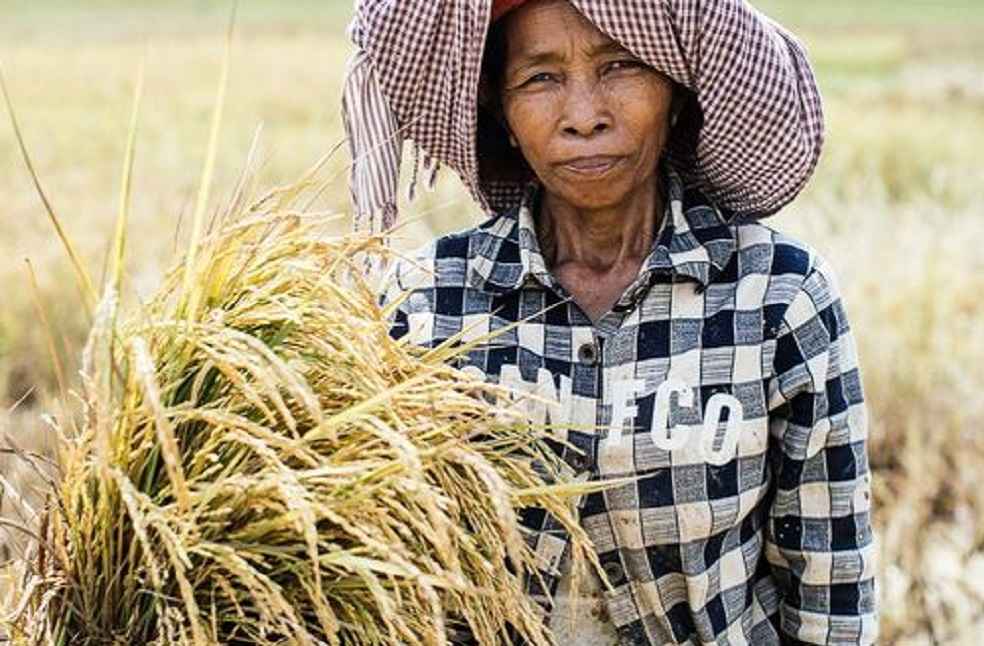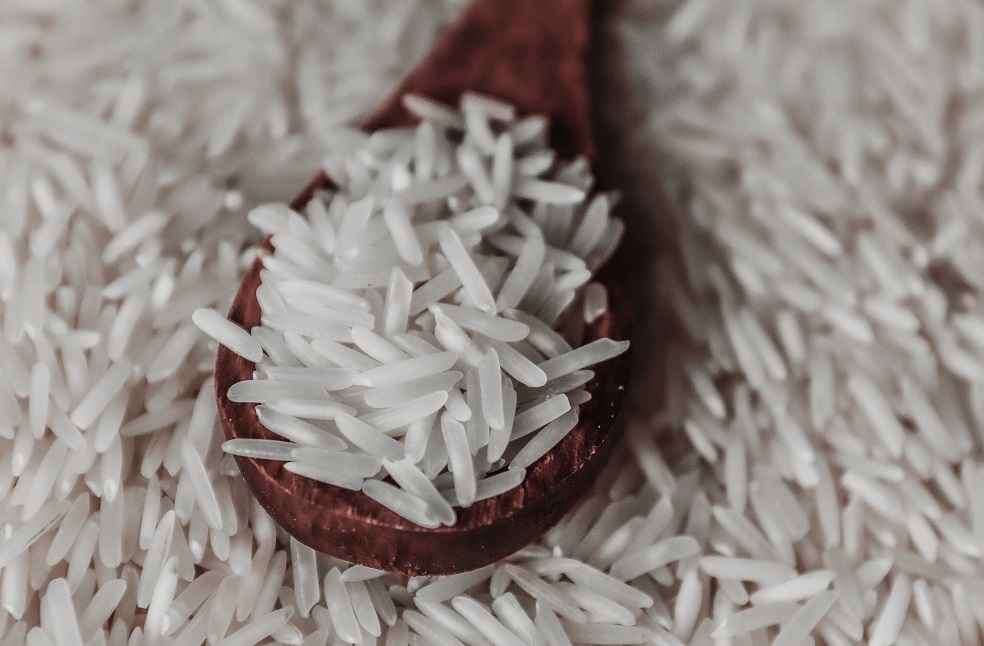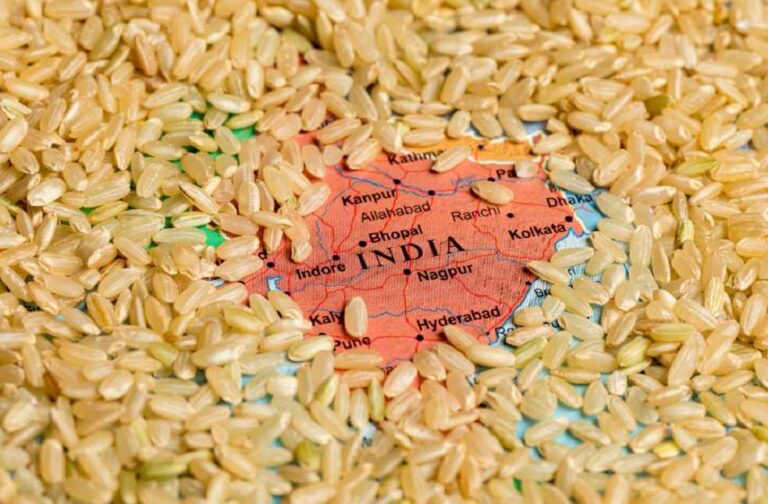The Philippines is set to reap substantial benefits from India’s anticipated decision to lift rice export restrictions, as highlighted by Japan-based Nomura Global Markets Research. This policy shift is expected to stabilize global rice prices, providing critical relief to rice-importing nations, particularly the Philippines.
Expectations of Policy Change
India, which once accounted for 35% of global rice exports, may soon relax its export bans. Factors such as a promising harvest, ample rice buffer stocks, and softening rice price inflation in India underpin this potential policy adjustment. Implementation of this change is projected to cool global rice prices, aiding numerous rice-importing countries.
Foremost Beneficiary in Asia
Nomura’s report underscores the Philippines as the primary beneficiary in Asia. The nation’s high share of rice in its Consumer Price Index (CPI) basket, coupled with its reliance on rice imports and recent tariff reductions, positions it to gain immensely from reduced global rice prices. Rice accounts for 8.9% of the Philippines’ CPI basket, the highest among emerging Asian economies.

Global Impact on Rice Prices
Since late 2022, India’s ban on non-basmati rice exports aimed at ensuring local food security and controlling rising prices inadvertently drove up global rice prices, impacting rice-importing nations. Easing these export bans is expected to directly benefit countries importing from India and indirectly help all rice importers by stabilizing global prices.
Regional Dependency
Singapore and Hong Kong fully rely on imports for their rice consumption. Malaysia meets 41% of its rice demand through imports, while the Philippines sources 28% of its rice needs from abroad. The Philippines faced severe challenges during high rice price periods, exacerbated by its substantial dependence on imported rice.
Inflationary Implications
High rice prices have driven headline inflation in the Philippines since late 2023, prompting President Marcos to impose a price cap in September last year amidst supply shocks and reported hoarding. Rice inflation peaked at 24.4% in March 2024, the highest in 15 years, before easing to 22.5% in June.

Lower global rice prices are expected to significantly reduce domestic food price inflation in the Philippines, improving terms of trade. This reduction may also prompt the Bangko Sentral ng Pilipinas (BSP) to begin its easing cycle by October. There are growing indications of a potential earlier rate cut in August, with BSP Governor Eli Remolona Jr. suggesting the Monetary Board might lower borrowing costs by 25 basis points on August 15.
The expected easing of India’s rice export restrictions presents a vital opportunity for the Philippines to mitigate food price inflation and stabilize its economy. As the largest producer and consumer of rice, Asia collectively stands to benefit from lower rice prices, with the Philippines emerging as the foremost beneficiary.
POLICY & LAW | CITES Issues New Guidelines to Protect and Sustain Global Rosewood Trade



